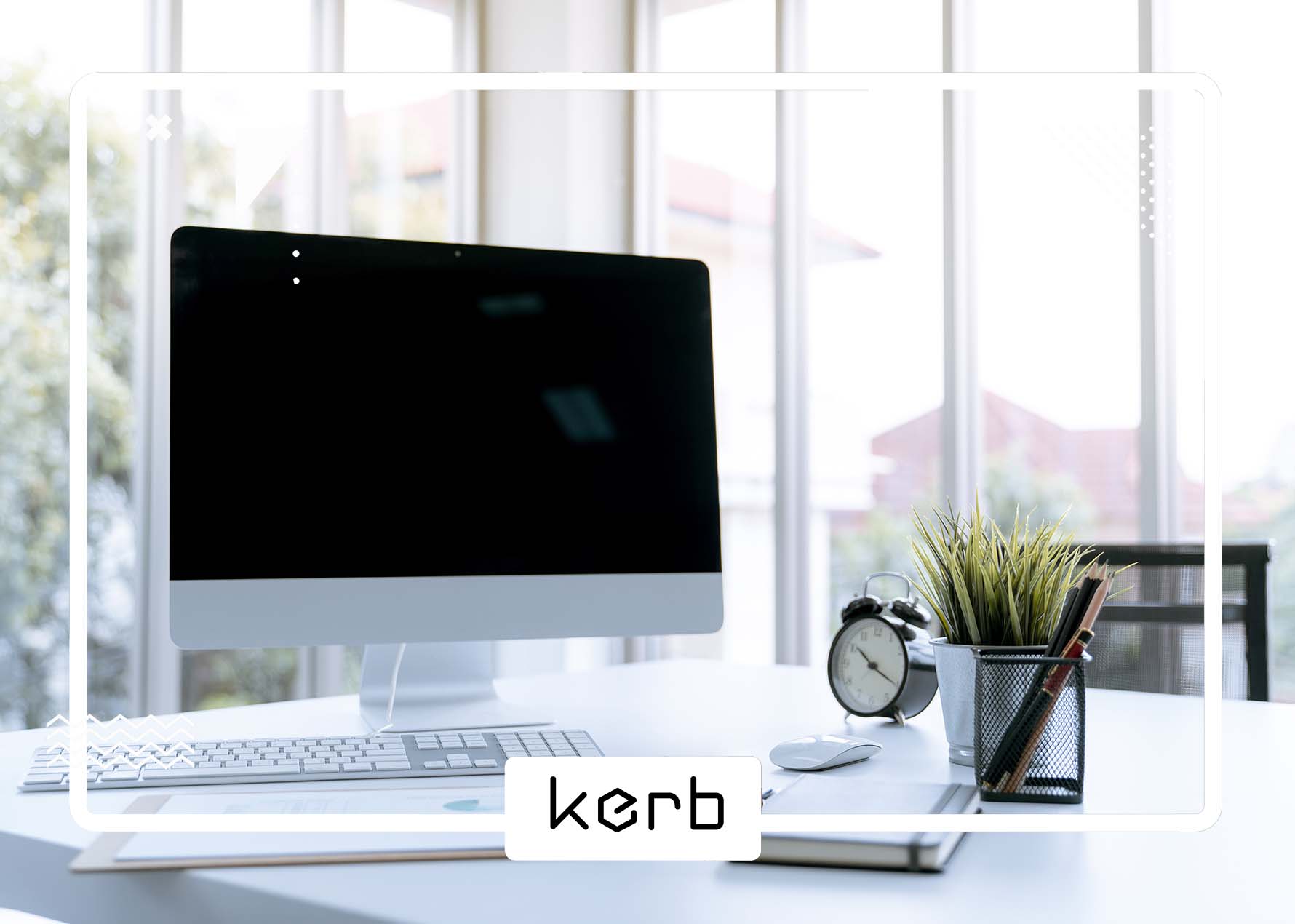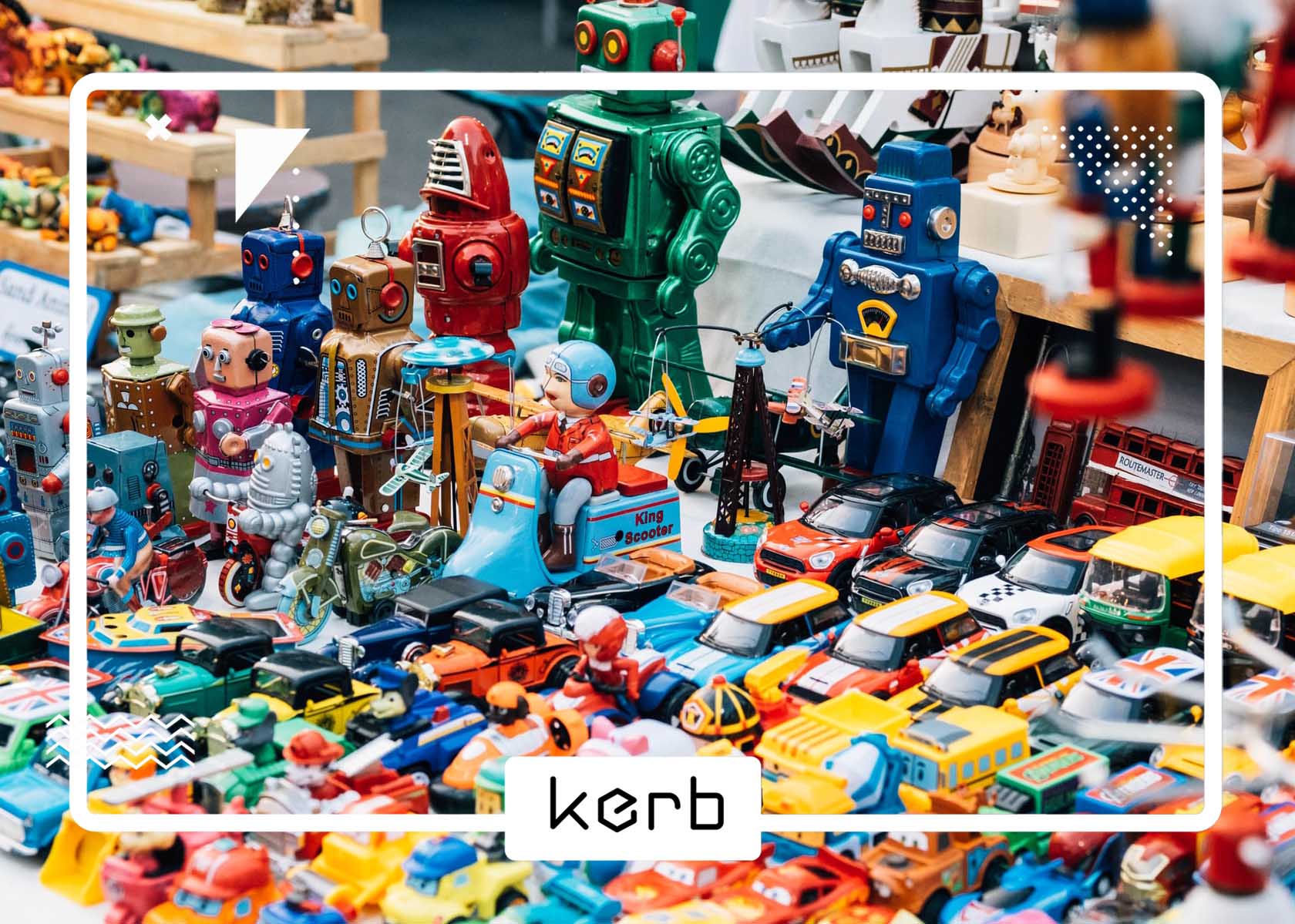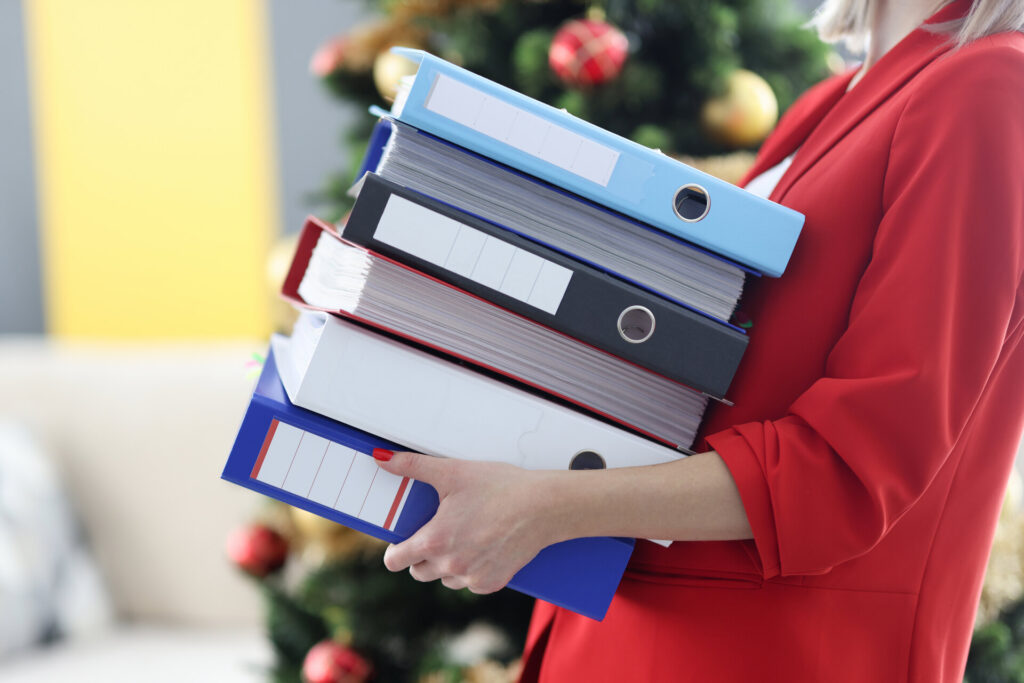Welcome to the age-old battle of bubble wrap vs. packing paper. In the right corner stands the cushioning heavyweight, while in the left, the eco-friendly contender awaits. This showdown tackles the persistent dilemma of protecting valuables during transit. Each option has its proponents and critics, but only one can be the ultimate protector of your treasures. Let’s delve into this classic confrontation to discover when to utilize each material.
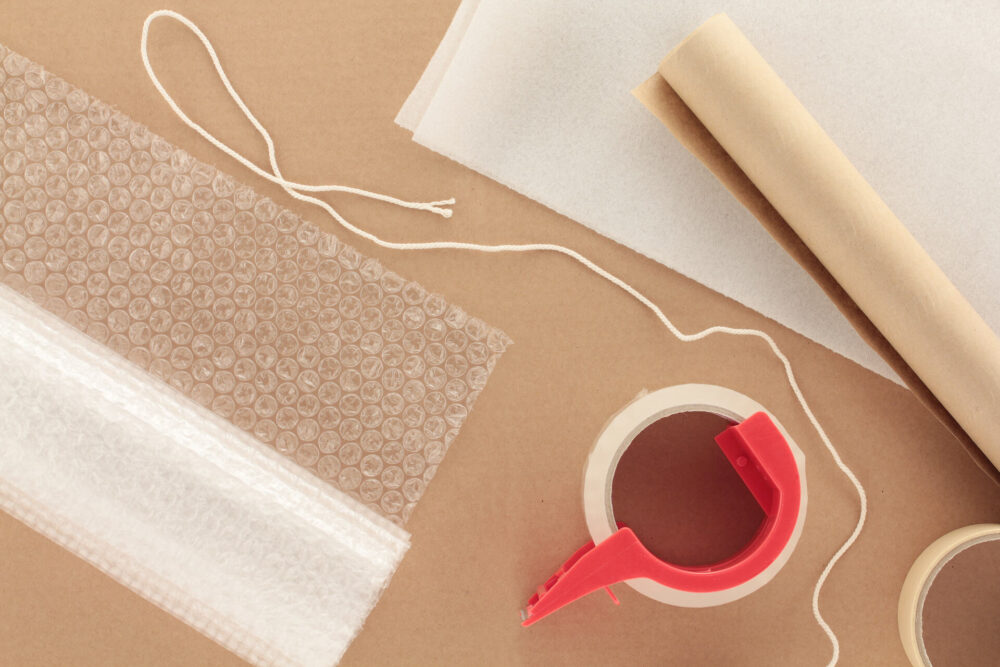
When deciding between these materials for cross-country moving, consider their key differences. Bubble wrap offers superior protection with its cushioning bubbles, which, although ideal for packing fragile items, is more expensive and less eco-friendly. Packaging paper is cost-effective, versatile, and better for the environment but provides less cushioning. Choosing the right material depends on the item’s fragility, your budget, and environmental preferences. Both have their place in ensuring the safety of valuables during transit. If you are not sure when to reach for these materials, book white glove movers for the job.
Understanding the Difference Between Bubble Wrap and Packing Paper
Understanding the key differences between these moving supplies is essential when planning a relocation. Each material offers unique relocation benefits and some drawbacks, affecting how well your valuables are protected during transit. Making an informed choice can mean the difference between your items arriving intact or damaged.
Pros and Cons of Bubble Wrap
Bubble wrap is renowned for its superior cushioning abilities, thanks to its air-filled bubbles that absorb shocks and impacts. This makes it an ideal choice for wrapping things like electronics, glassware, and delicate collectibles.
Moreover, it can be reused, making it a cost-effective packing option for those who move frequently or ship items regularly. Here’s a list of its pros and cons:
- Superior cushioning – offers unparalleled protection against impacts.
- Reusability – this can be used multiple times, reducing waste and saving money.
- Cost – generally more expensive than paper.
- Storage space – takes up more space to store when not in use.
- Environmental impact – generally made from plastic, which is less eco-friendly and harder to recycle than paper.
Pros and Cons of Packing Paper
Packing paper is ideal for wrapping and padding a wide range of objects, from dishes and kitchen items to books and small appliances. This material can easily be crumpled to fill voids in boxes, preventing items from moving around. Here’s a list of its pros and cons:
- Cost-effectiveness – a more affordable option, which makes it suitable for those on a tight budget.
- Versatility – it can be used for wrapping items, filling spaces, and protecting surfaces.
- Eco-friendliness – easily recyclable and made from renewable resources.
- Less protection – provides less cushioning, which might not be sufficient for very fragile items.
- Material requirement – may require more sheets to achieve the same level of protection as bubble wrap, especially for easily breakable stuff.
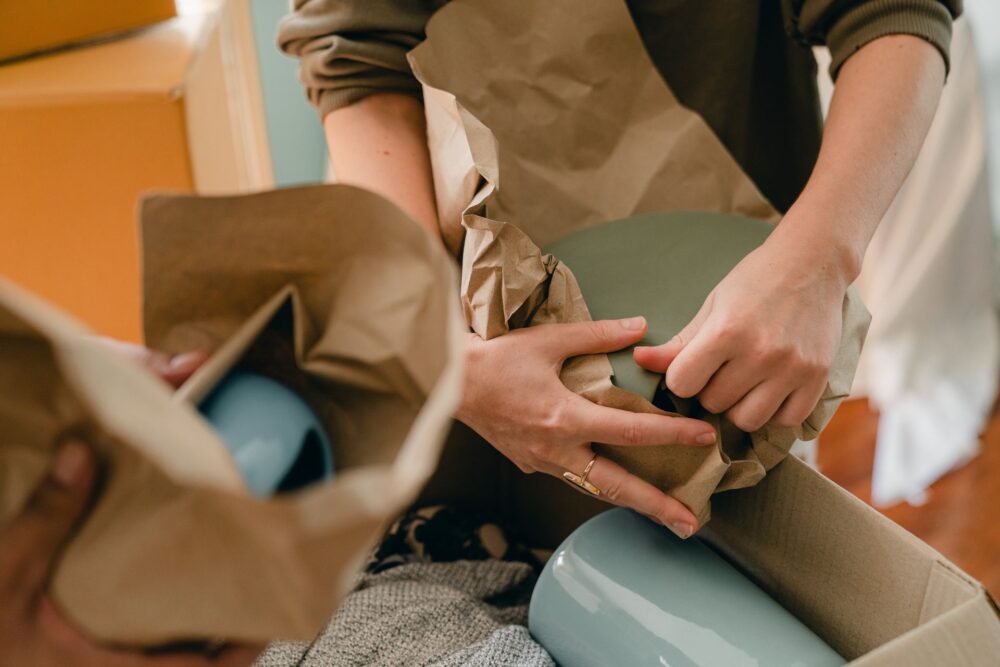
Bubble Wrap vs. Packing Paper – When to Use Which
Choosing between these two is more than a matter of preference when packing for a move. It’s about using the right tool for the job. The decision impacts the safety of your valuables, influencing their protection against damage. Knowing when to use each can save you from the heartache of finding cherished items damaged during the unpacking process.
Ideal Situations to Reach Out for Bubble Wrap
For us at Kerb Movers, bubble wrap is the go-to material for protecting highly fragile items. Its air-filled bubbles provide a superior cushioning effect that is essential for safeguarding glassware, electronics, and antiques.
These items often cannot withstand the jostles and knocks of moving, making the material’s shock-absorbing properties invaluable. Additionally, for things that require extra cushioning, bubble wrap offers an unmatched level of protection, ensuring that even the most delicate of items can be moved safely.
Perfect Situations for Packing Paper to Shine
Clear paper, with its flexibility and soft surface, is perfectly suited for wrapping and cushioning slightly less fragile items. Dishes, small appliances, and books can be securely wrapped to prevent scratches and minor impacts.
Moreover, it is excellent for filling voids in boxes, which helps prevent item movement that can lead to damage during transport. Its ability to conform to different shapes and sizes makes it an indispensable tool for securing a wide range of things, ensuring they arrive in the same condition as they were packed.
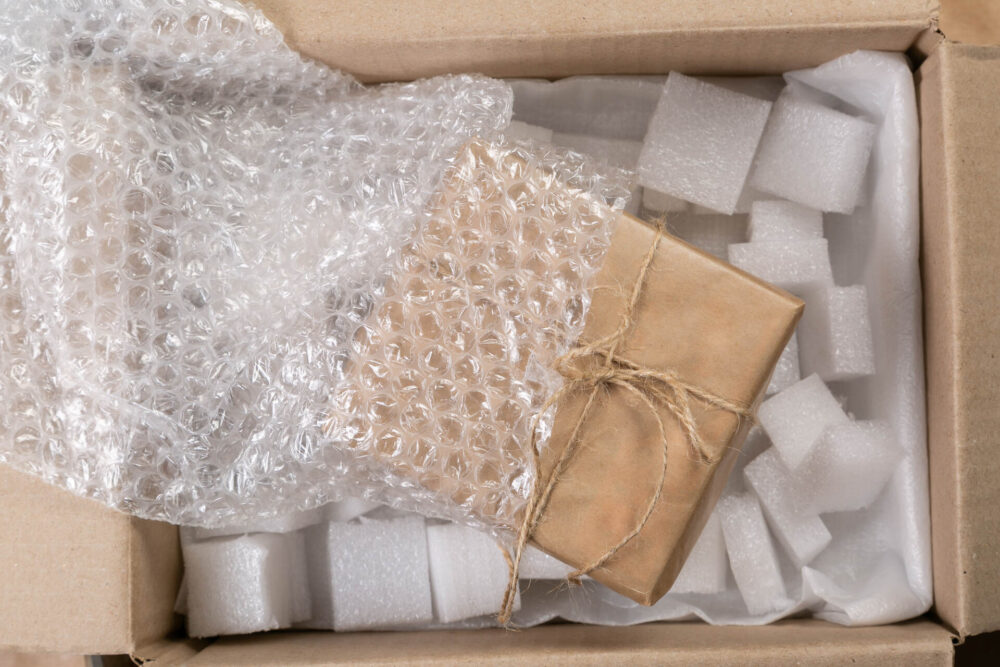
Analyze Each Material’s Cost-Benefit Ratio
When deciding on protective packing materials, it’s crucial to consider the cost-benefit ratio. The comparison of costs for bulk purchases reveals that paper often comes out as the more budget-friendly option.
However, the initial savings should be weighed against the need for potentially using more material to achieve the same level of protection as the other one, which could narrow the cost gap.
Bubble wrap, while more expensive upfront, offers superior protection and can be reused, possibly leading to long-term savings for frequent movers or those with storage needs. Therefore, evaluating the long-term implications of your choice, including the potential for reuse and the degree of protection required, is essential in making a cost-effective decision.
Consider Getting Sustainable Packing Solutions
In today’s environmentally conscious world, considering sustainable solutions is more important than ever. Both materials come in biodegradable and recycled options, offering a way to minimize environmental impact without compromising on protection. Opting for these eco-friendly alternatives not only supports the health of the planet but can also resonate with eco-conscious consumers.
Additionally, integrating eco-friendly moving tips, such as maximizing the use of existing household items for packing, can further reduce the environmental footprint. By choosing an alternative to bubble wrap or paper, you contribute to a greener future while ensuring the safety of your valuables.
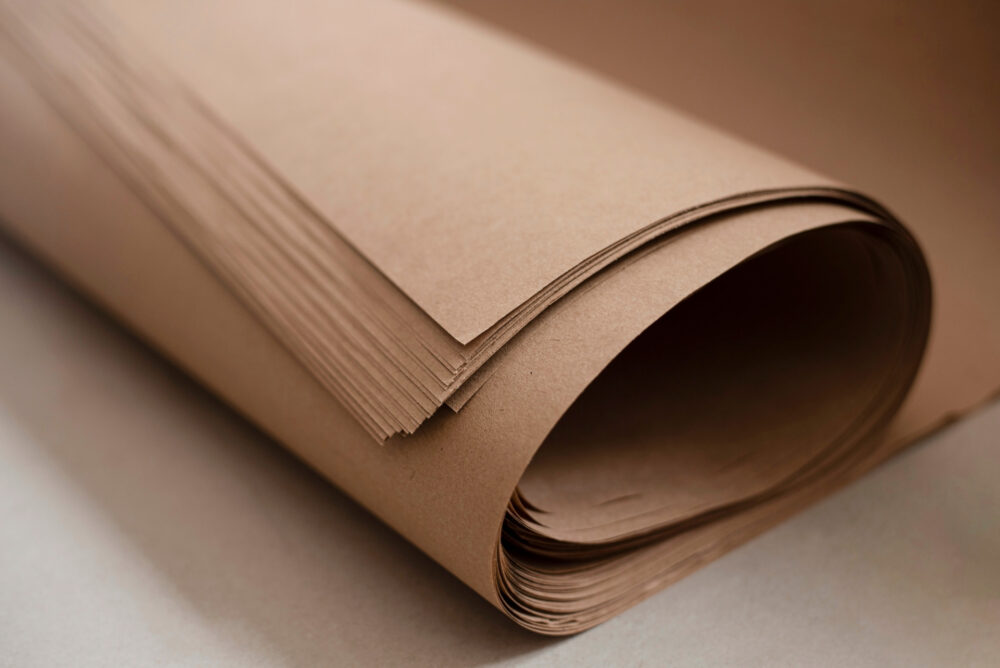
Master the Art of Packing With Bubble Wrap
Mastering this art is essential for ensuring the maximum protection of your belongings during shipping. The key technique for wrapping objects effectively involves covering their entire surface area. However, you need to ensure that the bubble side is facing inward to provide the desired cushion effect.
Overlapping layers should be used for added protection, with each layer taped securely to prevent unwrapping during transport. For items with irregular shapes, tuck them into crevices and wrap them tightly to conform to the item’s shape, securing all ends with tape. This method ensures that the item is fully encased in a protective barrier, safeguarding it from shocks and impacts.
Expert Packing Tips for Utilizing Paper
When wrapping possessions with this material, lay out a stack of paper on a flat surface and place the item in the center. Fold its corners into the center, wrapping the object completely and securing it with tape.
This method is particularly useful for protecting surfaces against scratches. To fill spaces securely within boxes, crumple excess paper into balls to create a cushion that can absorb shocks.
Layer the bottom of the box with it as well, place the wrapped object inside, and fill any remaining voids to prevent shifting. This technique ensures that your possessions are snug and secure, minimizing the risk of common mistakes and damage during movement.
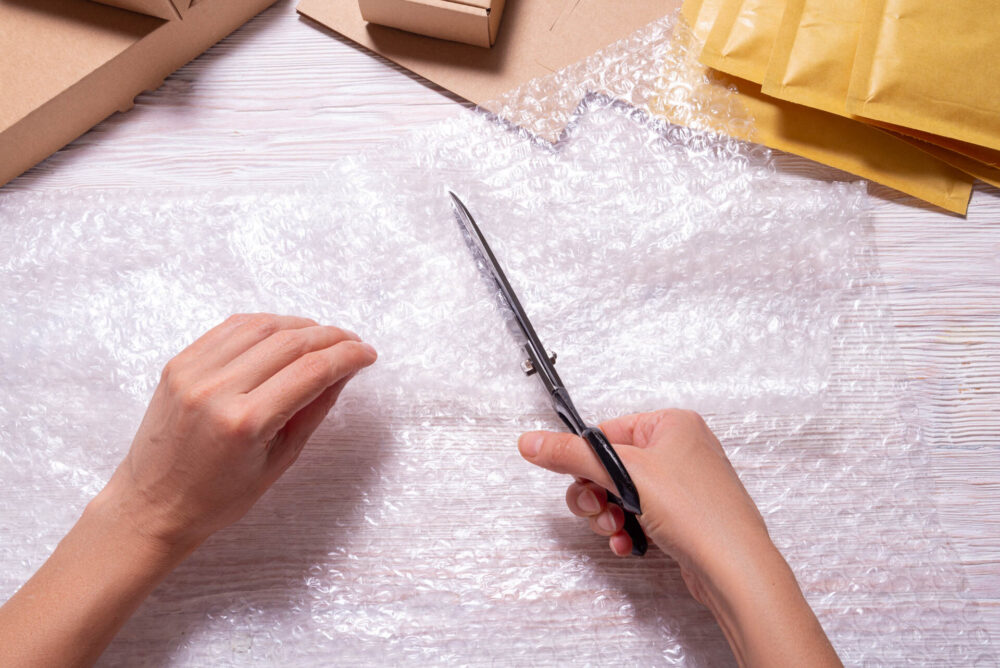
Alternatives and Complementary Packing Materials
Exploring alternatives and complementary packing materials can provide additional layers of protection when long-distance moving. Beyond the traditional supplies, several other options can offer good protection as well. Understanding when and how to use these materials can significantly enhance the safety of your belongings.
Moving Insurance
Are you in need of extra coverage for your valuable belongings? Kerb offers some of the best moving insurance services!
Auto Shipping
Are you looking for the best auto shipping company near you? Give Kerb a call, ask for a free quote and book our top-notch car transportation services.
Storage Services
Are you looking for storage services in your area? Kerb offers some of the best storage facilities in the country!
When to Use Other Types of Packing Materials
There are instances where bubble wrap and packaging paper may not be the most suitable options. For uniquely shaped, extremely fragile, or valuable objects, other materials can offer the precise protection needed. Each material serves a specific purpose, and knowing when to use them can make the relocation process more efficient. Let’s go through them.
How to Use Foam Peanuts
Foam peanuts are ideal for filling voids in boxes and providing extra cushioning. To use them effectively, pour a layer at the bottom of the box before placing your wrapped item inside.
Once the item is positioned, pour additional foam peanuts around the sides and on top until the box is filled. This creates a protective buffer that absorbs shocks and prevents items from shifting during transit.
How to Use Foam Sheets
Foam sheets provide excellent surface protection and cushioning for delicate items. Wrap each item individually with foam sheets, ensuring complete coverage. Secure the foam with tape if necessary. When moving furniture or larger items, foam sheets can be layered around the item to protect against scratches and dents. They are particularly useful for electronics, glass tabletops, and mirrors.
How to Use Plastic Wrap
Plastic wrap is versatile and can be used to secure loose items together or to keep drawers and doors closed on furniture. Wrap items tightly with plastic wrap to create a moisture-resistant seal and to prevent small pieces from getting lost. For upholstered furniture, plastic wrap can protect against dirt and stains. It’s also effective in keeping protective covers, like foam sheets or moving blankets, in place.
How to Combine These Materials for Optimal Protection
Combining these materials can address their weaknesses and provide the best protection. Start with a base layer of foam sheets or bubble wrap for cushioning. Follow with plastic wrap to secure the cushioning material and protect against moisture.
Fill any remaining voids in the box with foam peanuts to prevent movement. This method layers different types of protection, catering to each item’s specific needs and ensuring they are safeguarded from a variety of potential damages.
Creative Ways to Save Space and Some Cash With DIY and Household Alternatives
Finding innovative ways to pack can significantly reduce your moving expenses and help you make the most of the space within your boxes. Towels, blankets, and clothing are also versatile materials that can offer ample protection for your belongings. Utilizing these household things will safeguard your valuables and reduce the volume of boxes, as these items need to be moved anyway.
Towels and blankets make excellent cushioning and wrapping materials, especially for larger objects that might not fit within traditional materials. Wrap dishes, glassware, and fragile decorative items in towels to protect them from bumps and scratches. Blankets are perfect for draping over furniture to prevent scuffs and scrapes or for wrapping around large, delicate items like TVs or mirrors that require extra protection.
Clothing, with its varied textures and sizes, is particularly useful for filling gaps or for wrapping small, fragile items. Socks, for instance, can be stuffed into shoes and glasses or wrapped around stemware for cushioning. T-shirts and sweaters can wrap larger objects or be layered between stacked dishes to act as shock absorbers.
Beyond saving money and space, using these alternatives is an eco-friendly approach that reduces the need for additional supplies. This method ensures the safety of your belongings and contributes to a more sustainable move. By getting creative with the resources you already have, you can efficiently pack your belongings while keeping costs and environmental impact to a minimum.
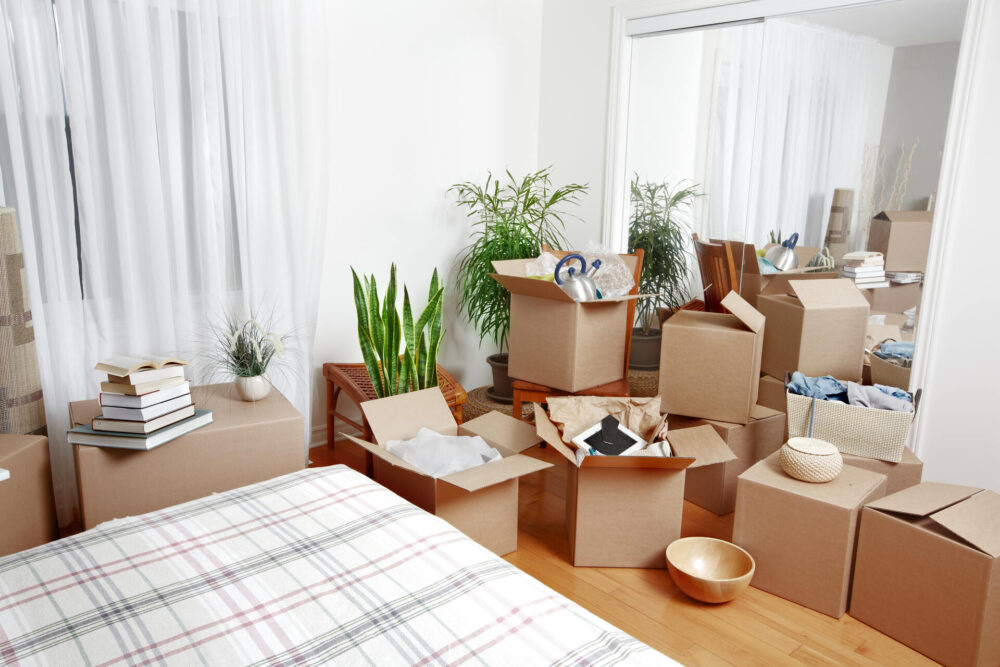
Hire Our White Glove Moving Company and Leave Everything in Our Capable Hands
If you are unsure how to use these supplies properly, think about hiring cross-country movers for the job. Kerb Movers has the knowledge and expertise to utilize these supplies to their full potential. We have comprehensive white glove moving services and professional packing solutions and supplies designed to meet your needs. Contact us today and book our white glove moving service on time. Our long-distance movers will handle the rest.
